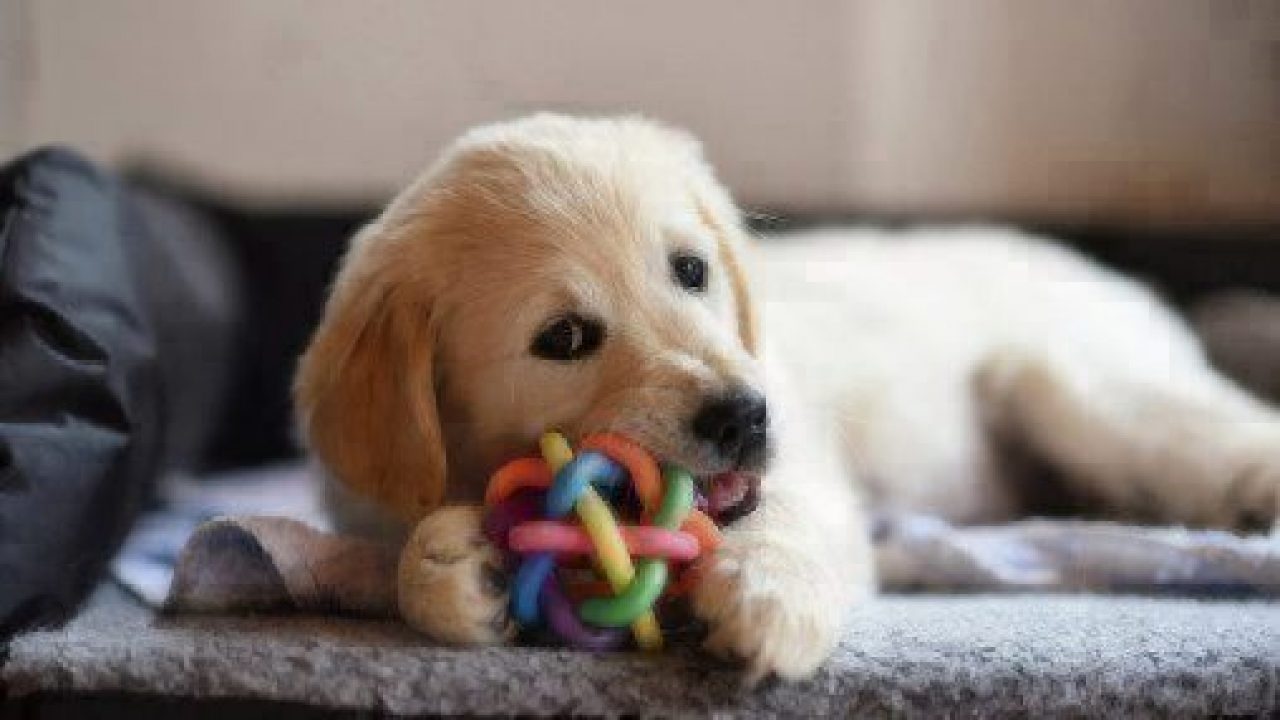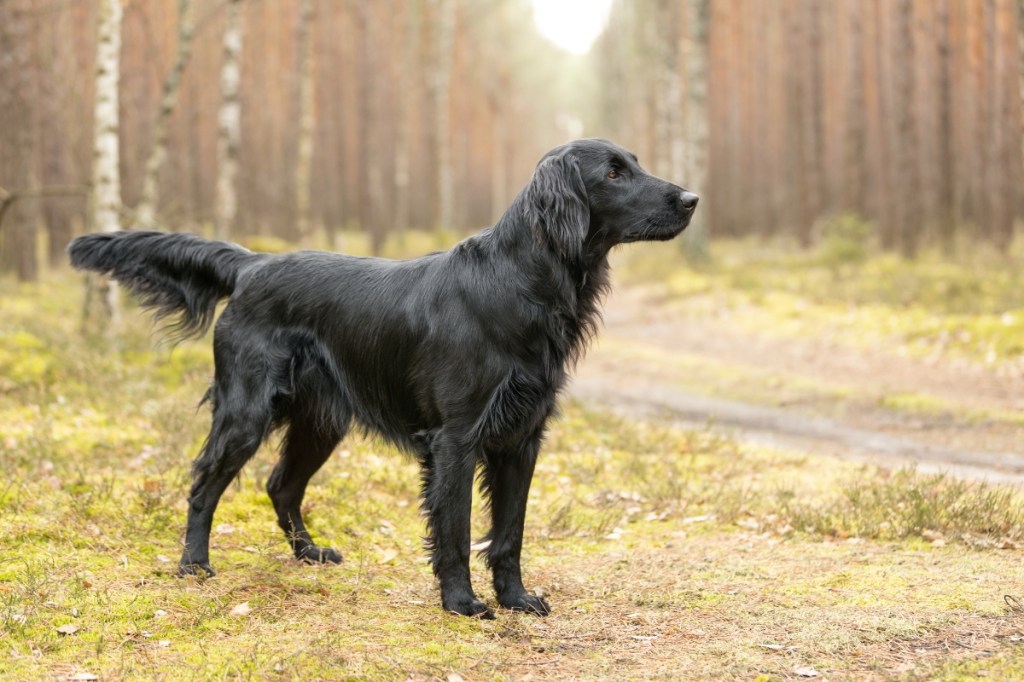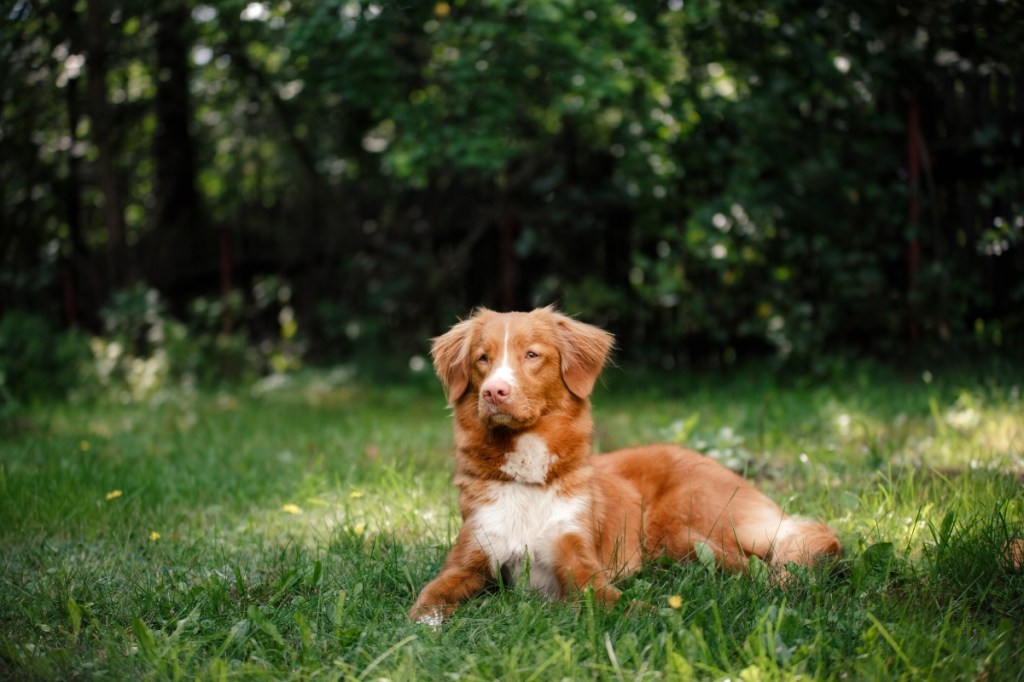
It’s every pet parent’s nightmare to realize their pet has gotten into something they shouldn’t have, and that the prognosis might be grim. Pet parent Caitlin knows this feeling firsthand, as her Dachshund Smokey had two instances of foreign body obstruction and subsequent surgeries within the last year. “The first obstruction occurred when Smokey was only 11 months old,” she explains. “We didn’t know the cause until we saw what was actually retrieved during surgery.” Smokey had chewed a piece of plastic and part of a rubbery dog toy – “both which looked unfamiliar to myself and my husband, so we were assuming he decided to just eat a few things he found at the dog park the day before!” – Smokey was a young puppy and it wasn’t unusual for him to put things in his mouth. His surgery worried Caitlin tremendously, and totaled $4,632. Since Caitlin had enrolled Smokey in Healthy Paws Pet Insurance with a 70% reimbursement rate, she was reimbursed $3,158.
Unfortunately, six months later, Smokey had to undergo a second foreign body surgery from a treat that would not break down. “It was labeled as safe for dogs of all sizes, and appeared to have the kind of consistency that would break down, but unfortunately did not,” Caitlin says. “When the vet showed it to us, it crumbled in his hand when dry, but the vet pointed out that when it was wet, it would not break down despite the high amount of pressure exerted!” This second emergency was equally stressful, and in such a short amount of time! Smokey’s surgery to save him was $5,699 with a reimbursement of $3,938.
As a pet parent, there seems to be so much to worry about daily, from what might have fallen on the floor to what’s in your pup’s toy box. Pet food, and even treats, are not immune to alarm. Here’s what to look out for, and how to keep your furry family members safe.
The Rawhide Debate
Over the years, there’s been a lot of talk about the safety of rawhide chews for dogs. If the rawhide you’ve chosen isn’t treated with over-processed, toxic chemicals, rawhide can be safe depending on your pup’s chewing style. Since rawhide is meant to be a long-lasting chew that slowly softens and then breaks down, it is considered safe for “soft chewers.” If your dog is a “heavy chewer,” they’re more likely to be able to break off large chunks of the rawhide and swallow it, which can cause choking and even intestinal blockage.
Additionally, be advised that rawhide is a controversial pet chew. It can be a byproduct of leather, or linked to the international fur trade, rather than a humanely sourced meat product. In recent years, viral videos detailing how rawhide is made show many sources treat the hide with toxic chemicals in facilities that endorse questionable practices.
Our verdict? We’re steering clear! A good substitution for that rawhide roll is a faux-hide such as Earth Animal’s No-Hide Chews in different flavors like chicken, salmon, and beef. It’s healthier, more digestible, and even allergic-pup friendly.
Dog Treat Recalls
“In 2012 alone, the FDA received reports of at least one dog dying per day and six dogs suffering kidney disease per day, all directly related to chicken jerky treats,” says Dana Scott in the Dog Naturally article Purina Finally Recalls Waggin Train And Canyon Creek Chicken Jerky Treats. If you’ve seen news articles and documentaries like Pet Fooled, you know very well the real dangers of pet treats that can be poisonous, causing kidney issues or even worse, death.
A good way to avoid toxic treats is to make healthy snacks yourself, however that’s not always possible. Keep a sharp eye on ingredients and avoid recalled snacks and food. The USA Love List was partially inspired as a reaction to the large number of pets harmed from jerky treats made in China; additional good news about their recommendations is that your choice could possibly support a local provider as well as help keep your pet safe.
You can’t necessarily avoid pet treats that have poisons or bacteria outbreaks in them, but you can be proactive and get rid of offenders as soon as you spot them. For treat recalls (and pet food recalls), sign up for alerts from DogFoodAdvisor.com; also check the AVMA’s list and follow their twitter.
Chemicals in Toys
With concerns about children’s toys containing lead, this worry quickly became about our pets’ toys too. Unfortunately, toys designed specifically for dogs (and pets in general) are not regulated like children’s toys. So, it’s crucial to do your homework.
The Bark determined that the Air Kong Squeaker, the Hartz Flexa-Foam Round About Elephant and the Nylabone Double Action Chew were all nontoxic and lead-free. Furthermore, “Of the tennis balls tested, 48 percent contained detectable levels of lead. Researchers discovered that tennis balls made specifically for pets were more likely to contain lead than “sports” tennis balls. The lettering on one “pet” tennis ball, for example, contained 2,696 ppm of lead and 262 ppm of arsenic, a known human carcinogen. None of the “sports” tennis balls tested contained any lead.”
We recommend researching companies that make nontoxic toys for pets, like Planet Dog and West Paw. By supporting smaller companies with responsibly created products (that are also eco-friendly), more pet toys will follow suit.
From avocados to tennis balls, dogs can end up swallowing anything. Sometimes it passes, sometimes you have to visit the vet. Much like choking on a treat, pups can easily choke on their toys or simply eat them too, just like Smokey and Labrador puppy Jude.
It can seem almost impossible to stop dogs from chomping anything and everything, so there are some rules of prevention that can help:
- If your dog is chewing a toy or treat, be present and keep an eye on them.
- Avoid keeping “moisture-swollen” (also known as ABC; already been chewed) chewy sticks and toys around.
- Just like kids, watch out for choking hazards and limit your dog’s interaction with these no-no’s as best you can.
Signs and Symptoms
If you suspect your pet has been poisoned, or may have swallowed something she shouldn’t have, get to the vet immediately. Signs of both include:
- Gagging
- Regurgitation and/or vomiting
- Repeated swallowing; drooling
- Diarrhea, with or without blood
- Fever
- Lack of energy; lethargy
- Signs of pain
- Refusal to eat, or weight loss
- Pale gums

If you suspect your dog has been poisoned or has swallowed their toy, call your veterinarian or the Pet Poison Helpline (855-764-7661) immediately. The sooner a pet who has been poisoned is diagnosed, the easier treatment is, and can save your pet’s life. Bonus: The Pet Poison Helpline incident fee is covered by your Healthy Paws policy.
The good news is that pets can bounce back from these accidents. Smokey, for instance, has fully recovered: “Smokey is doing great!” Caitlin says. “He is actually a little racer and participates in Dachshund races! He won first place in the Wiener Nationals at Oktoberfest Old World, Huntington Beach this past year. He loves just about everyone and everything and enjoys food, the dog park, and road trips.”
If you love your dog like family and would be unprepared to pay thousands of dollars for an unexpected accident or illness, consider dog health insurance. By enrolling as a puppy, you can bypass pre-existing conditions exclusions, so your furry family member and your wallet are protected. Start by getting a free quote.








